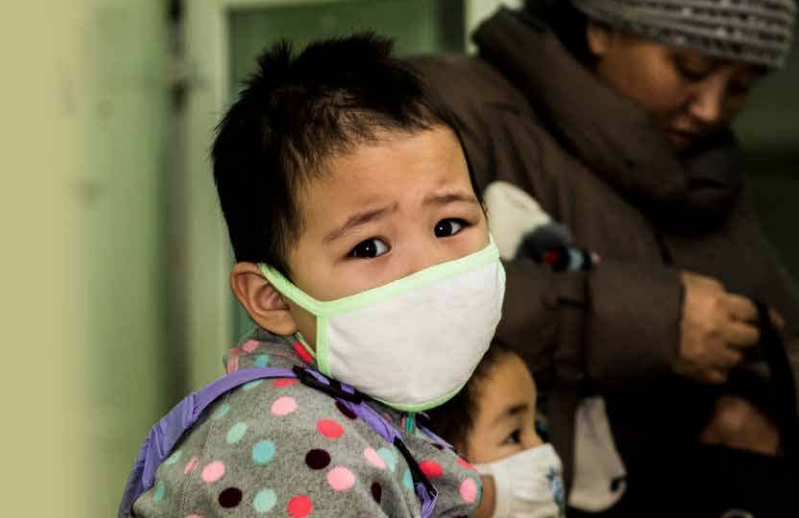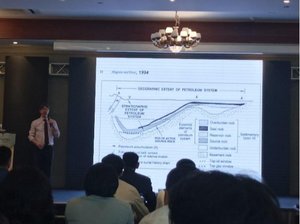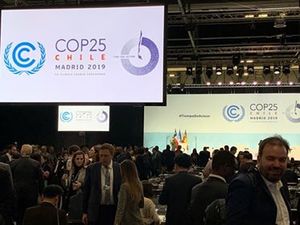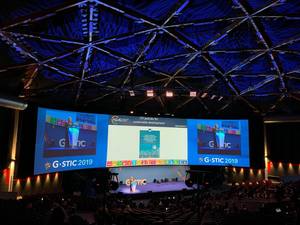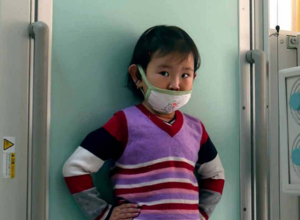Air Pollution and Child Health
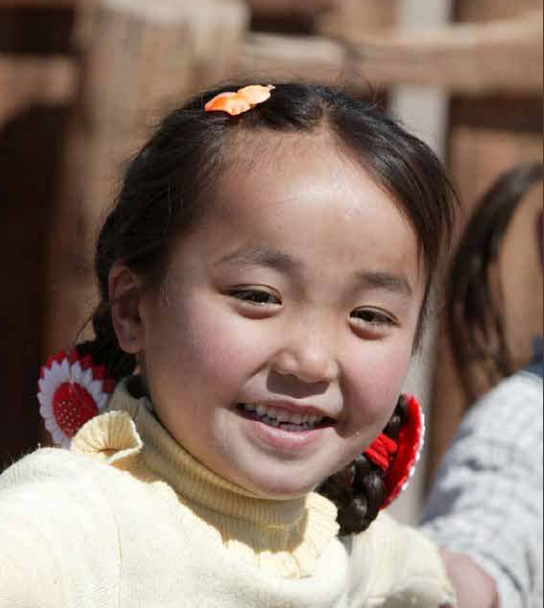
Outdoor air pollution is the most significant environmental risk faced by children in Ulaanbaatar. Mongolia’s capital hosts about half of the country’s total population and its air pollution is among the highest in the world during the winter. The vast majority of that pollution is caused by the burning of coal for heating of homes. The pollution is significantly linked to acute respiratory infections, such as pneumonia. On January 30, 2018, at 05:00 am, air pollution levels of 3,320 µg/m³ (at Baruun 4 zam) were reported - this is 133 times the WHO guideline for the 24-hour mean concentration which is set at 25 μg/m35 . Air pollution is linked to reduced foetal growth, preterm birth, low birth weight, impaired cognitive intra-uterine development, impaired cognitive development, and even spontaneous abortion. It is also linked to diseases that can be highly debilitating for children, such as bronchitis and asthma, causing children to miss school and other important learning and development opportunities. It can affect children’s growth and development, with long-term consequences, including reduced lung function and recurring or chronic respiratory conditions that can last a lifetime. Barriers to be addressed are multiple and require a holistic approach from exposure protection to treatment. These barriers include (but are not limited to) low awareness among communities about the impacts of air pollution on child health and how to respond, lack of access to finance and technology for clean heating solutions, and insufficient capacity and unreliable quality antibiotics and other medicine to treat children with pneumonia and other air pollution-related diseases.
Starting in 1990, Mongolia underwent a profound social and economic transformation. Over the past 27 years, Mongolia has abandoned economic central planning in favour of a market-based economy and has adopted a democratic political system. It also ratified a new constitution in 1992 which enshrines new civil rights and liberties, such as the lifting of restrictions on the movement of people domestically – Article 16.18. This new political economy setting, combined with an increased recurrence of dzuds (severe winters, often preceded by excessively dry summers)6 , accelerated the rural exodus which has transformed the country over the past decades. As thousands of families lost their livestock and saw their crops destroyed, they moved to the capital in search of alternative livelihoods and improved living conditions. In 2015, 45.7% of Mongolia’s population lived in Ulaanbaatar7 . This rapid and unplanned urbanisation has led to the expansion of ‘ger districts’ in the suburbs of Ulaanbaatar. These large informal areas, where more than 60% of the city’s population live, experience a variety of public health and environmental challenges. The rapid growth of these areas increases pressures on the environment, leading to a sharp upsurge in air pollution. It should be noted that the impacts of climate change and land degradation will continue to increase the risk of more frequent and extreme dzud conditions. This will further undermine rural livelihoods in the coming years and decades, and could thus lead to an upsurge in migration from the rural areas to the urban centres.
In 2016 Ulaanbaatar surpassed both New Delhi and Beijing as the capital with the highest levels of air pollution in the world. The level of fine particle concentration is often used as a proxy for measuring air pollution and its impact on health8 . PM2.5 can penetrate deep into the lungs and has been found to have strong links to a variety of health problems. The current WHO guideline for PM2.5 is set at 10 μg/m3 for the annual mean concentration.In Ulaanbaatar, the average concentration of PM2.5 in 2016 was 256 μg/m3, more than 25 times the WHO guideline for the annual mean concentration9 . The average fine PM2.5 detected in the ger districts is considerably higher10. Furthermore, there is a large seasonal element to air pollution in Ulaanbaatar, with high concentrations between the months of November and March. This spike in air pollution is mainly due to increased combustion of coal and biomass, as well as the usage of heat-only boilers in the ger districts. The city’s location (in a valley surrounded by mountains) and the lack of air movement during the winter further aggravates the situation.
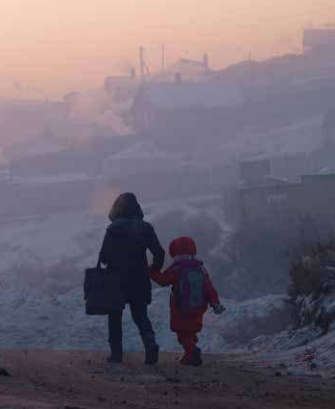
Children are the most vulnerable to adverse health effects of air pollution from the day they are conceived. In Mongolia, a 3.5-fold increase in foetal deaths has been documented between winter and summer12. Initial analysis showed that in the last 10 years, the incidence of respiratory diseases in Mongolia increased alarmingly, including a 2.7-fold increase in respiratory infections per 10 000 population. Pneumonia is now the second leading cause of under-five child mortality in the country. In 2015, up to 435 children under the age of five in Ulaanbaatar died from pneumonia. Children living in a highly polluted district of central Ulaanbaatar were found to have 40% lower lung function than children living in a rural area.
The persistently high levels of air pollution in Ulaanbaatar, the negative impacts on the health and wellbeing of its citizens, especially its children, and the fact that Ulaanbaatar is hosting nearly half of the Mongolian population, make this an emergency situation. As mentioned in previous paragraphs and further analysed in this report, the current levels of air pollution in Ulaanbaatar are already causing very significant damage to the health of the city’s citizens.
If no structural and large-scale measures are adopted, levels of air pollution are likely to continue rising. In the meantime, children in Ulaanbaatar are witnessing a dramatic increase in morbidity and fatality rates due to exposure to air pollution, particularly during the winter months. It is critical that this situation be treated as an emergency and that all necessary actions available to policymakers and the GoM overall are taken immediately.
Research Purpose and Structure of the Report
This analysis estimates how much it costs and how much it will cost health providers to treat air pollutioninduced diseases in Ulaanbaatar provided the GoM does not take immediate action to minimise the current levels of air pollution. The report then assesses ongoing commitments to mitigate air pollution and discusses potential interventions to minimise the impact of air pollution on child health while broader plans to reduce levels of air pollution are implemented. Recommendations related to these interventions can provide ground for further cost effectiveness analyses and costing to facilitate the adoption of these measures by the GoM. Furthermore, this study also includes a budgetary space analysis that aims to assess the GoM’s ability to finance any of such interventions based on recent public expenditure trends. Finally, this report provides concrete policy and research recommendations to the GoM and other stakeholders.
The overall purpose of the analysis is to collect evidence which supports actionable recommendations aimed at reducing the consequences of air pollution-induced diseases in children in Ulaanbaatar. The recommendations analyzed here are not meant to be exhaustive, nor are they meant to be implemented in absence of other fundamental programmes to reduce air pollution and protect children. Addressing the full effects and causes of air pollution in Ulaanbaatar will require a holistic and comprehensive response that covers short, medium and long term interventions.
